Photo Essay: The Spectacular Wood Duck
A photographic tribute to one of the world's most colorful ducks
A photographic tribute to one of the world's most colorful ducks
At first light, the unmistakable squeal of a hen wood duck awakens marsh and bottomland creatures in many parts of North America.
The plumage of drake wood ducks displays all the colors of the rainbow.

Photo Tom Samuelson
For many hunters, waterfowl season begins with wood ducks on crisp autumn mornings on beaver ponds and sloughs. Their acrobatic flying, excellent table quality, and magnificent plumage make wood ducks a real prize.
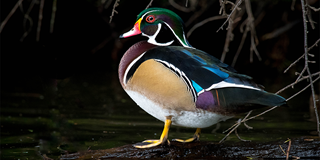
Photo Rick Evans
Wood ducks are among the first waterfowl to migrate south in the fall after blue-winged teal.
A cavity-nesting species, the wood duck lays its eggs in hollow trees or man-made nest boxes.
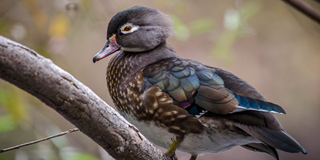
Photo Rick Evans
Wood ducks are secretive birds that haunt the shaded confines of wooded ponds and tangled swamps.
Cloaked in feathers of every color found on nature's palette, the wood duck, with its exquisite plumage, defies description.
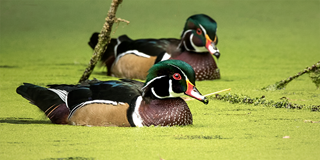
Photo Scott Denny
Due to deforestation and market hunting, wood duck numbers declined significantly during the early 20th century.
But sound management and conservation efforts have helped wood ducks to flourish, and today these beautiful birds are a common sight on wetlands across the continent.
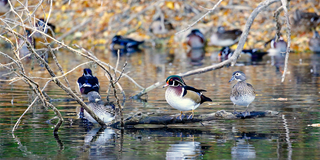
Photo Steve Silseth
Building and installing wood duck boxes can help local wood duck populations. But regular maintenance is essential, as every spring boxes must be cleaned out and nesting material replaced to provide suitable habitat for nesting hens.
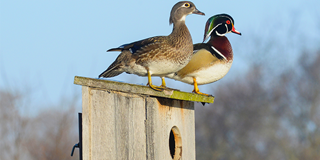
Photo Robert Kelly
Get more information on wood duck boxes.
See more wood duck photos.
Ducks Unlimited uses cookies to enhance your browsing experience, optimize site functionality, analyze traffic, and deliver personalized advertising through third parties. By continuing to use this site, you agree to our use of cookies. View Privacy Policy